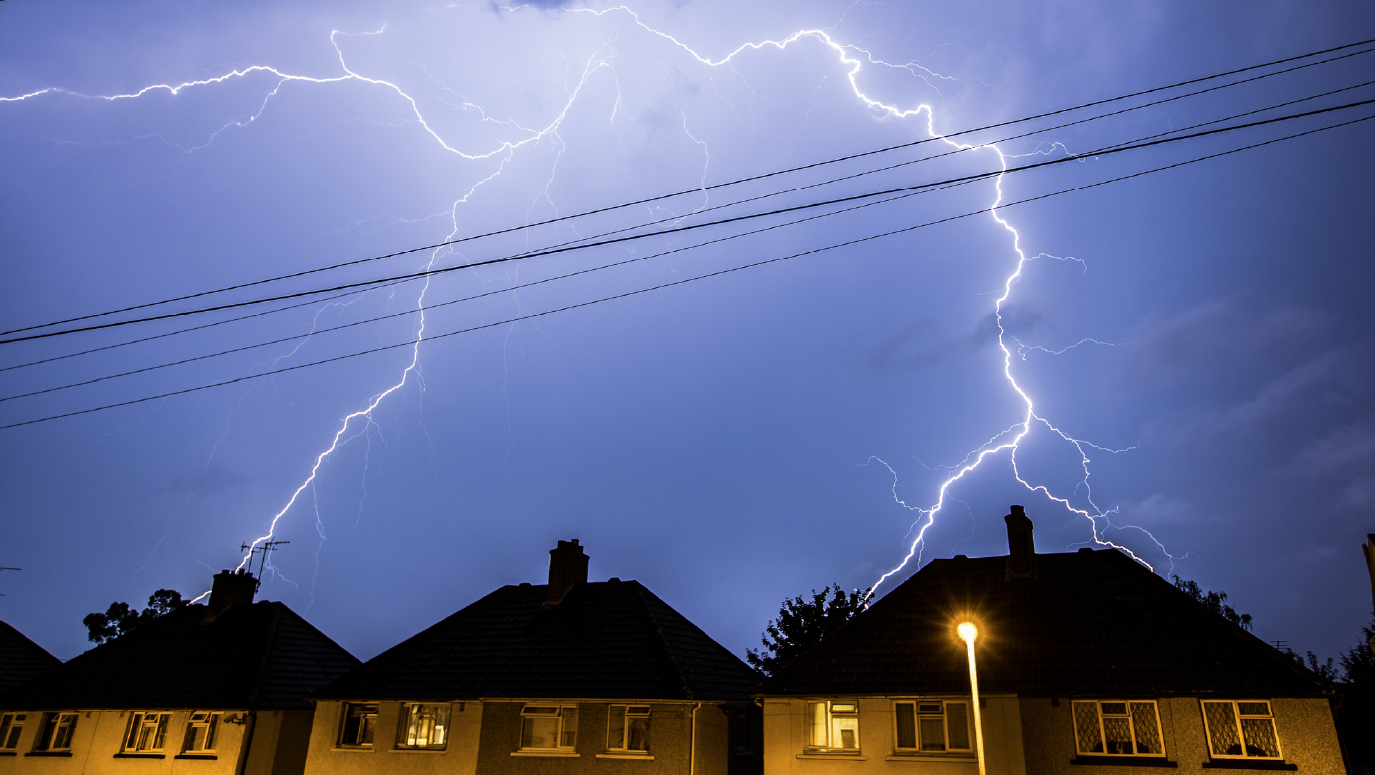Plunging winter temperatures can cause pipes to freeze, leading to all sorts of problems and damage.
This guide will help you prepare your home for freezing weather, explain what to do in an emergency and more.
Preparing your home for freezing weather
If a cold spell is on its way, there are a few simple actions you can take to help prevent the pipes in your home from freezing.
- Insulate pipes with lagging. Don’t forget the corners, and make sure you’ve lagged any pipes you might have outside.
- Check to make sure your loft insulation is around 10 inches deep. If you have a water tank, make sure it’s also insulated – but not underneath, so warm air can circulate.
- Find your main stopcock and make sure that you can turn it on and off.
- Check to make sure your boiler has been serviced by a Gas Safe professional, preferably in the summer to give you enough time to have any work done before the cold weather sets in.
- Insulate your home with draught proofing to any gaps in windows or doors.
- Consider installing a smart thermostat to help control your heating and save energy.
- You may also want to consider adding a smart leak detector to your home. These can be installed in high-risk areas and provide early warning of any leaks or flooding that may occur.
- If you’re away from home for a few days, keep the heating on at 12 to 15 degrees to help protect against any sudden temperature drops.
- If you’re away for a longer period, it might be wise and more cost effective to shut down the system completely. Turn off all the mains, stopcocks and drain down pipes, toilets and radiators. If you are going away for a longer period, be sure to let your insurer know.
Dealing with frozen pipes
If the pipes in your home have frozen, follow these steps to help prevent or limit any damage.
- Turn the water off, drain the system and leave the taps open.
- A good way to thaw out frozen pipes is to use a hairdryer. Just run the hairdryer up and down the pipes a section at a time.
- If you’ve found a leak, put something underneath to collect water. Only use a hairdryer when safe to, being very careful if near water. If the pipe is damaged, the water could spray up and cause electrocution.
- If you’d rather, you could use a hot water bottle tied to the pipes with a towel. But whatever you do, don’t use a naked flame like a blowtorch to thaw your pipes as you could cause some serious damage.
- If your pipes thaw and they don’t seem to be damaged, slowly open your stopcock until water starts running through the taps again. Then you can turn your taps off.
- If your pipes have burst and you need help, contact a local emergency plumber or, if you have it, you can use your Churchill Home Emergency cover.
Making a claim
If you need to make a claim, contact your insurer to get the process started.
If you’re insured with Churchill, then you can either call, claim online, or use the app. Your claim will be dealt with in the same way, no matter which method you choose.
Getting back to normal
Don’t start redecorating straight away as it can be several weeks, even months, before your home dries out fully. In the meantime, if you have contents cover with us, your claims advisor can support you through the claims journey and can arrange any emergency payments.
For more information on winter home protection, try these articles:
How to protect your home against stormy weather
How to protect your home against floods




